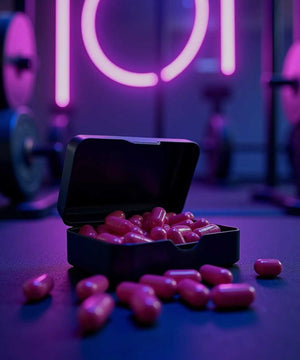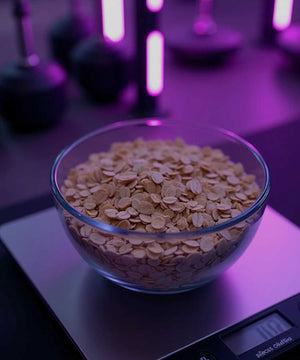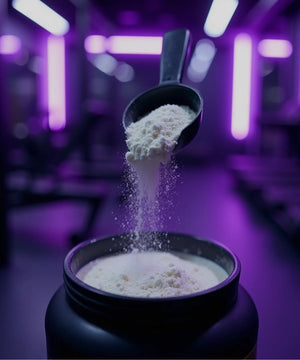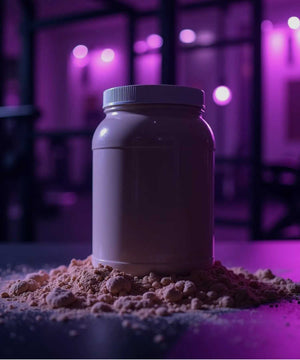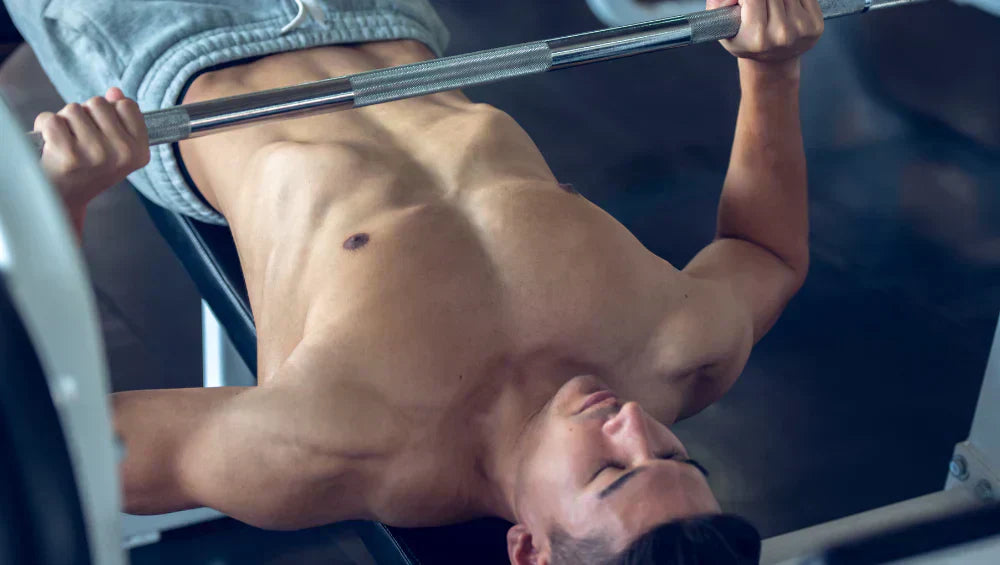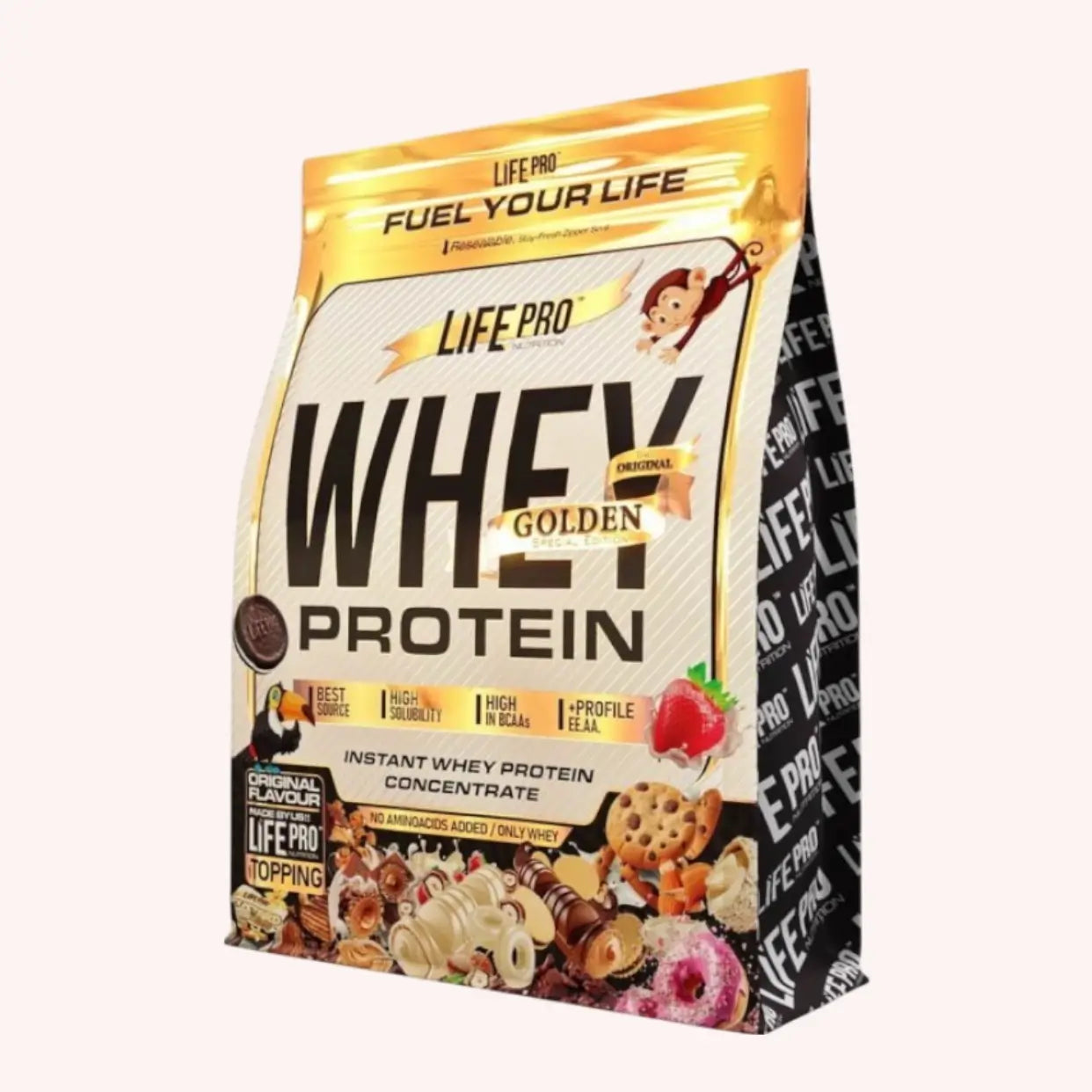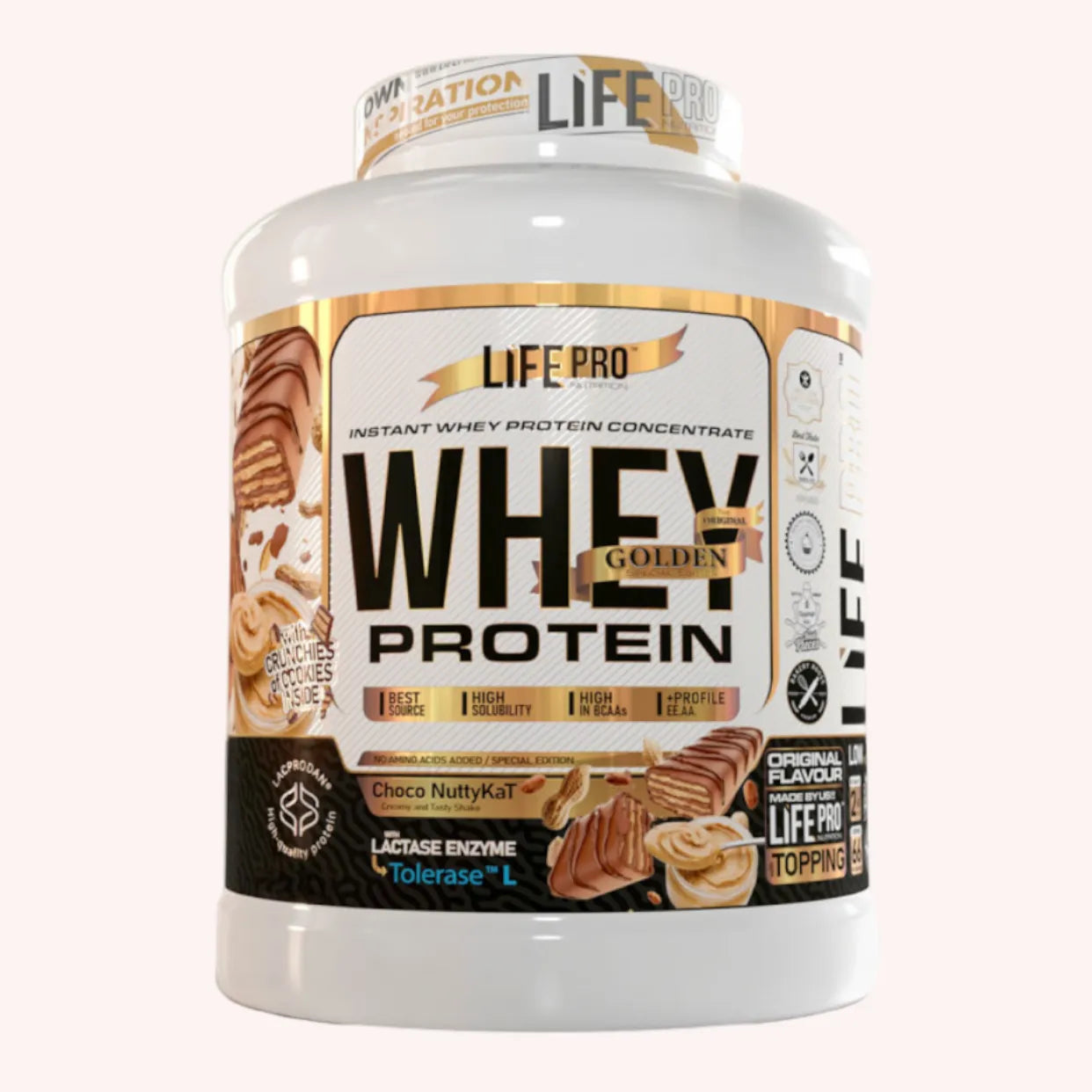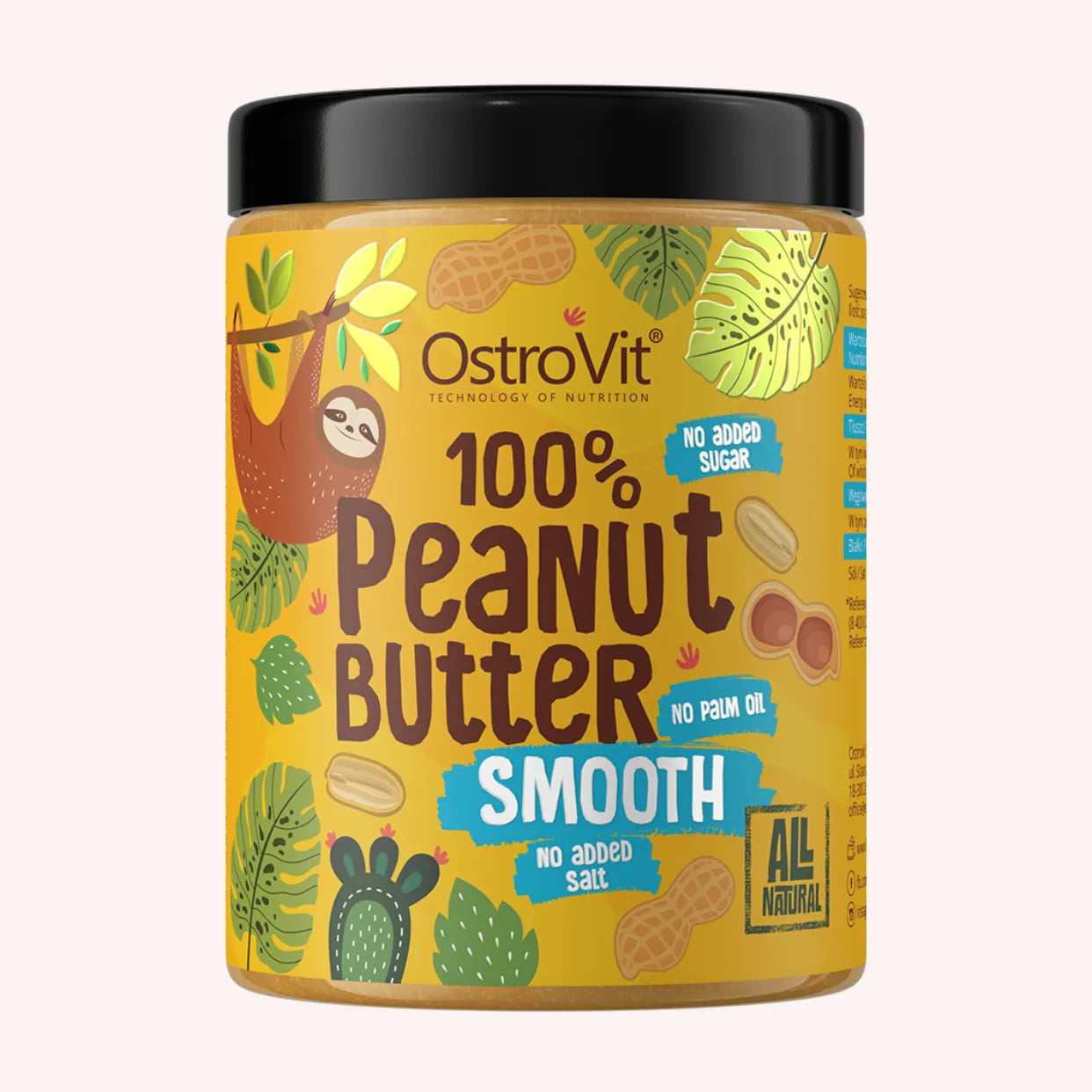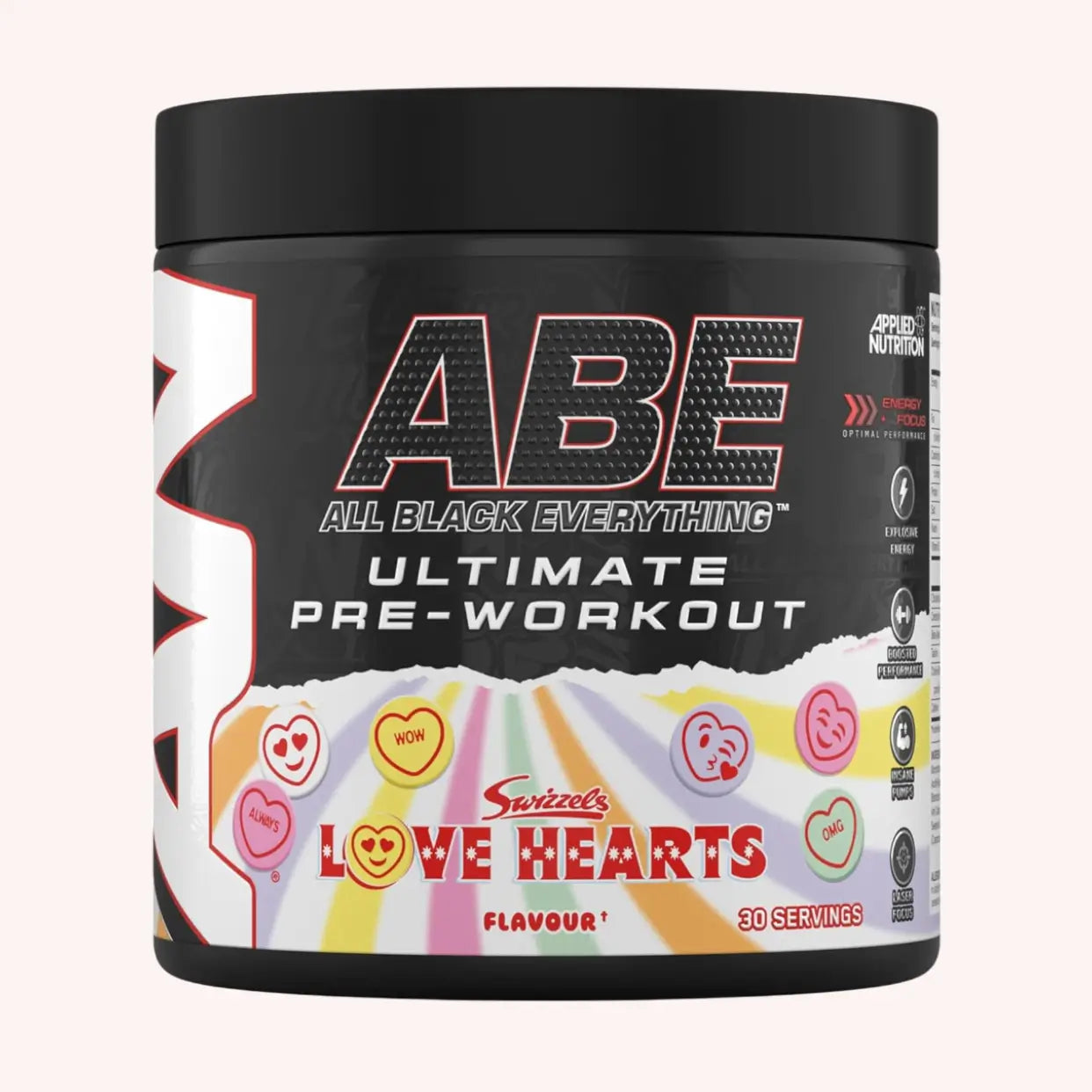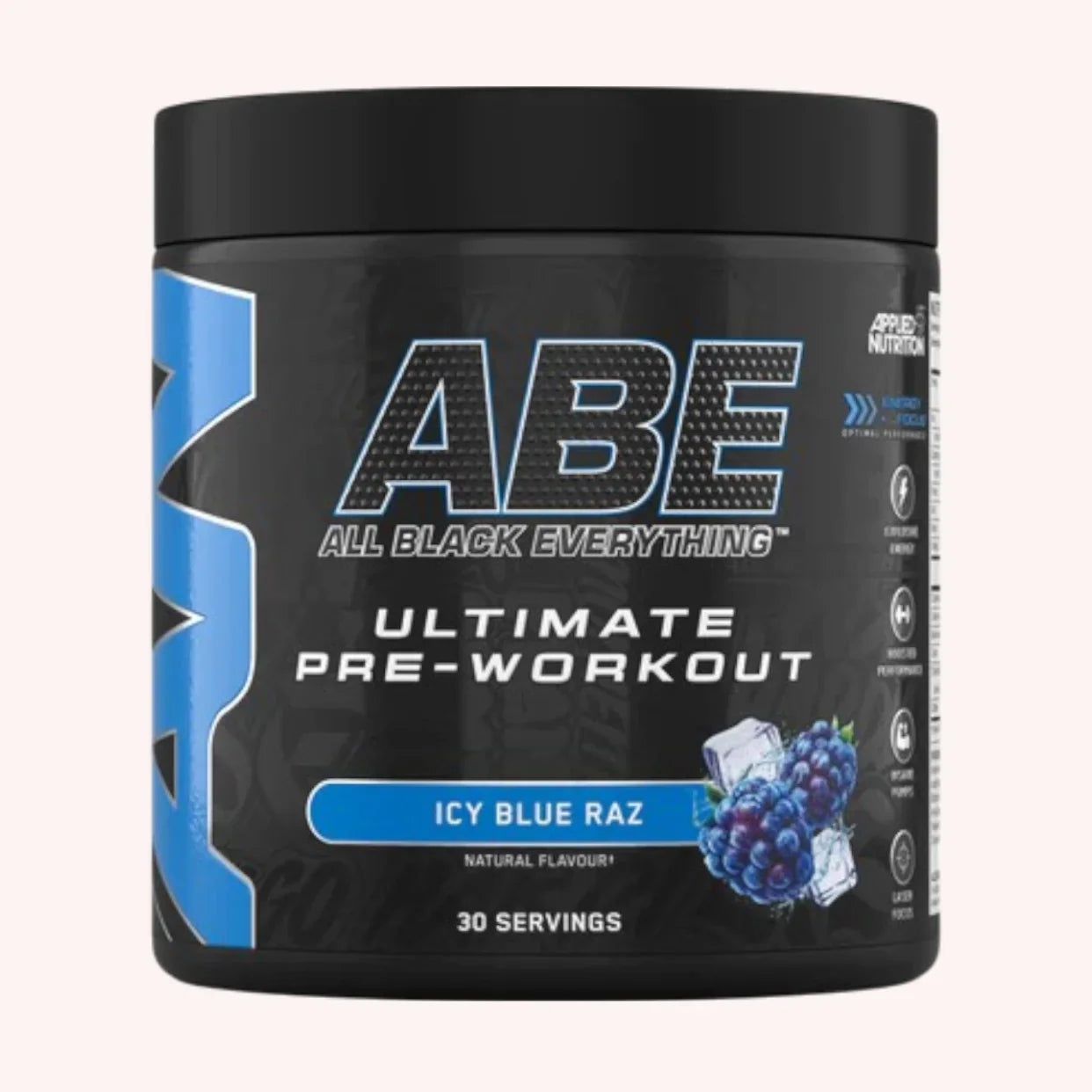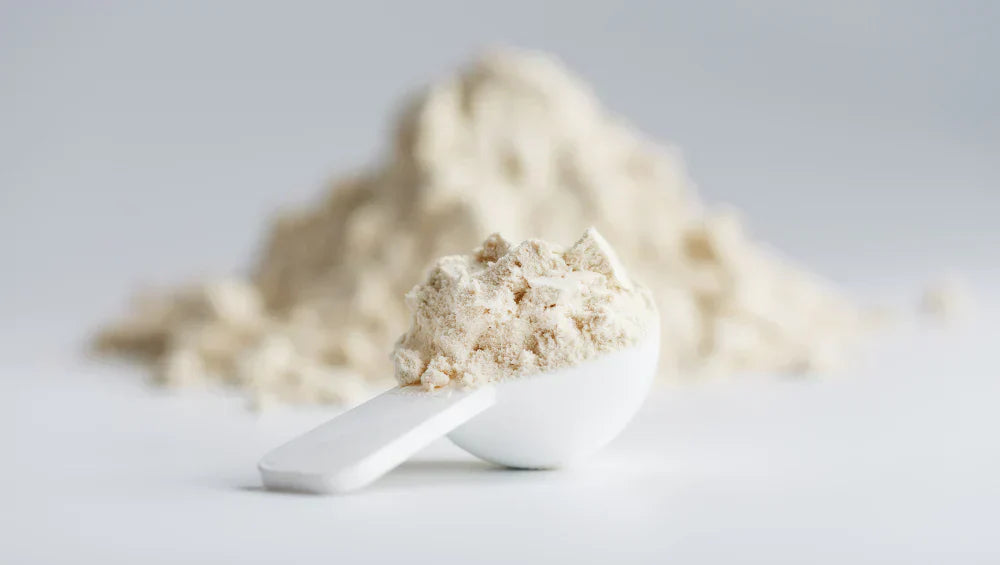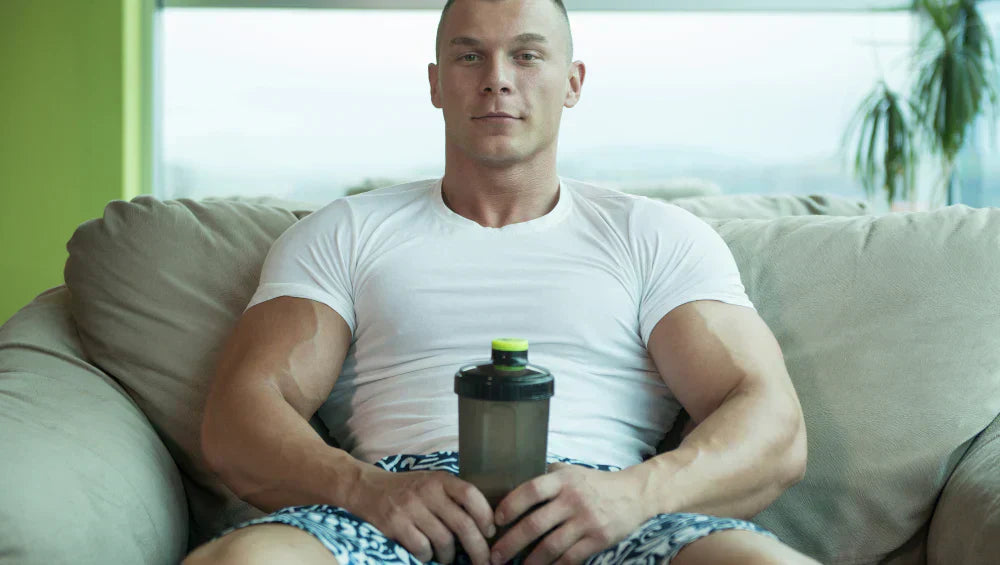Whether you're a bodybuilding enthusiast or a beginner looking to sculpt your physique, the pecs are arguably one of the most sought-after muscle groups.
Working this area isn't just about building bigger, stronger muscles; it's also essential for overall muscle balance. Harmonious core muscle development also helps improve your athletic performance, especially in upper-body exercises.
In this comprehensive guide, we offer a chest workout program suitable for all fitness levels. You'll discover simple, no-equipment exercises, techniques to incorporate into your home routine, and more complex exercises to perform in the gym. Whether you're looking to increase muscle mass, tone your muscles, or improve your functional strength, here you'll find the tips and exercises you need to achieve your goals.
Why is it important to work your pectorals?
The pecs aren't just the visible muscles associated with a strong appearance, but they also play an important role in upper body stability, posture, and overall strength. Working your core muscles also improves the functionality of other muscle groups, creating muscular balance and better physical performance.
The muscles of the torso are divided into two main parts:
- The pectoralis major , which occupies most of the chest.
- The pectoralis minor , deeper and which helps stabilize the scapula.
Working your pectorals will not only increase muscle volume, but also improve posture and prevent injuries.
Anatomy of the pectorals: Understanding your muscles to better optimize them
Before diving into specific chest exercises, it's essential to understand their anatomy. Knowing which muscles you're working during your workout not only allows you to maximize the effectiveness of your exercises, but also reduces the risk of injury by ensuring you're performing the movements correctly. The chest is primarily composed of two muscles:
The pectoralis major
The pectoralis major is the largest and most visible muscle in the chest. It covers a large portion of the thorax, and its broad, thick shape is what gives the appearance of a muscular chest.
Main functions:
- Arm adduction: Bring the arm towards the center of the body.
- Arm flexion: Raise the arm in front of the body.
- Internal arm rotation: Rotate the arm inward.
- Shoulder Stabilization: The pectoralis major helps stabilize the shoulder joint during complex movements.
- The fibers of the pectoralis major: It is divided into three parts, each having a specific function:
- The clavicular portion (upper): Targets the upper part of the pectorals, often used during incline presses.
- The sternal portion (middle): Represents the central part of the pectorals, involved in bench presses.
- The abdominal portion (lower): Targets the lower part of the chest, used during decline push-ups.
The small pectoral
The pectoralis minor is a smaller, deeper muscle located below the pectoralis major. It attaches to the ribs and the coracoid process of the scapula.
Main functions:
- Shoulder lowering: By lowering the shoulder blades, it helps stabilize the scapular area.
- Scapula Mobility: The pectoralis minor is essential for maintaining optimal scapula mobility and preventing muscle strain in this area.
Although the pectoralis minor is less visible, it plays a key role in overall upper body posture and the performance of many movements involving the arms and shoulders.
The Basics of a Chest Program
To develop strong and balanced pecs, it's crucial to incorporate core exercises into your routine. These basic movements are not only effective for engaging all of your core muscles, but also for maximizing your progress. Some of the best chest exercises include:
- The barbell or dumbbell bench press: This is the essential exercise for working the pectorals as a whole. It works both the upper and lower parts of the pectorals and offers a high overload capacity.
- Push-ups: A great no-equipment exercise to target the pectoralis major, especially effective for beginners and as a complement to more advanced training.
- Incline Dumbbell Press: This exercise targets the upper part of the pecs, ideal for those who want balanced chest development.
These movements are often combined with other exercises that also work the triceps and shoulders. Incorporating them into your program will depend on your fitness level and specific goals.
Building an Effective Chest Workout
Core training depends on your experience level. For beginners, mastering basic movements and proper technique is essential, while for more experienced athletes, adding complex variations and intensifying the program allows you to target different parts of the pecs. A proper warm-up is essential before each session to avoid injury and optimize performance.
Warm-up (recommended for all levels)
Warming up prepares the body for physical activity by gradually increasing body temperature, blood circulation, and joint mobility. Here's a 10-minute warm-up to do before every chest workout:
| Exercise | Duration | Description |
| Shoulder rotations | 2 sets of 10 rotations per side | Warms up shoulder joints to prevent injuries. |
| Low intensity pumps | 2 sets of 10-15 repetitions | Classic push-ups, without depth, to activate the core muscles. |
| Light Dumbbell Lateral Raises | 2 sets of 12 repetitions | Activates the shoulders and prepares the stabilizer muscles. |
Beginner's Program
A beginner program focuses on familiarizing yourself with the fundamental exercises. You can use moderate weights or train without equipment. Here's a sample beginner workout:
| Exercise | Series | Rehearsals | Recovery time |
| Pumps | 3 | 12-15 | 60-90 seconds |
| Barbell Bench Press | 3 | 10 | 60-90 seconds |
| Dumbbell Lying Fly | 3 | 12 | 60-90 seconds |
Push-ups are a great place to start. They build core strength without the need for equipment and can be done at home.
Intermediate program
For an intermediate program, you can increase the intensity with more varied exercises and the use of dumbbells or barbells. Here's an example:
| Exercise | Series | Rehearsals | Recovery time |
| Dumbbell Bench Press | 4 | 6-8 | 60-90 seconds |
| Incline barbell press | 4 | 8-10 | 60-90 seconds |
| Dips (bust leaning forward) | 3 | 15 | 60-90 seconds |
| Raised push-ups | 3 | 15 | 60-90 seconds |
The incline allows for better targeting of the upper chest. This program includes exercises with different angles to maximize muscle activation.
Advanced Program
For more advanced athletes, introducing complex variations and using resistance bands can be beneficial. Adding techniques like negative sets or supersets accelerates muscle gains. Here's an example of an advanced workout:
| Exercise | Series | Rehearsals | Recovery time |
| Barbell Bench Press | 3 | 8 | 60-90 seconds |
| Incline barbell press | 4 | 8-10 | 60-90 seconds |
| Dips (bust leaning forward) | 3 | 15 | 60-90 seconds |
| Spread at the pulley opposite | 4 | 10 | 60-90 seconds |
Dips not only work your pecs, but also your triceps and shoulders, strengthening the entire upper body muscle chain. Negative sets (when you focus on the eccentric phase of the movement) and supersets (performing two exercises together without rest) are excellent techniques for increasing the intensity of your workout.
The combination of pectorals, shoulders and triceps during training
When training your chest, your shoulders and triceps are also used, as these muscles work together synergistically to maximize your strength and size gains. Here's a summary of their role in training:
- Shoulders (deltoids): The anterior bundle of deltoids plays a secondary role in pushing movements. It stabilizes the shoulder joint and aids in power, particularly in push-ups and the military press.
- Triceps: The triceps, located at the back of the upper arm, are heavily used in exercises like push-ups, dips, and bench presses. They help extend the arm and complete the pressing movement.
By combining these three muscle groups, you can not only strengthen your upper body, but also promote harmonious and balanced muscle development.
Workout Program: Chest, Shoulders, and Triceps
Here is a structured training program to effectively work the muscles of the torso, shoulders and triceps:
| Exercise | Series | Rehearsals | Recovery time |
| Pumps | 4 | 12-15 | 60-90 seconds |
| Dumbbell Bench Press | 4 | 8-10 | 60-90 seconds |
| Barbell military press | 4 | 8-10 | 60-90 seconds |
| Dips on parallel bars | 4 | 8-10 | 90-120 seconds |
| Incline Dumbbell Fly | 3 | 10 | 60-90 seconds |
| High Pulley Triceps Extension | 3 | 12-15 | 60-90 seconds |
This program is designed to be flexible and suitable for different experience levels. By combining the chest, shoulders, and triceps, you create a balanced and complete upper-body workout.
Details of the exercises
- Push-ups: A basic exercise that works the chest, triceps, and shoulders. They're ideal for home or gym use, and the incline of the body can change the muscle load.
- Dumbbell Bench Press: Excellent for targeting the pecs and triceps. Using dumbbells allows for a better range of motion, promoting better muscle development.
- Barbell Military Press: This exercise is great for targeting the anterior deltoids, while also engaging the triceps during the push phase.
- Parallel Bar Dips: A very complete exercise for the triceps, pectorals, and shoulders. The tilt of the body influences the muscle engagement, allowing for a more intense upper body workout.
- Incline Dumbbell Fly: This exercise targets the upper pecs and anterior deltoids, complementing the work done with the bench press.
- High Pulley Triceps Extension: Ideal for isolating the triceps, this exercise works the long head of the muscle and isolates it after compound exercises to maximize gains.
Tips to Maximize Training Effectiveness
- Rest between sets: To maximize gains, a 90-120 second rest between sets is recommended for strength. For muscle hypertrophy, opt for shorter rests of 60-90 seconds.
- Progression: It is important to gradually increase the loads or the number of repetitions to continue to progress.
- Good technique: Proper technique is essential to avoid injuries. Remember to warm up before each session and stretch afterward.
By combining the chest, shoulders and triceps in this structured program, you will get a complete and balanced workout, aimed at developing upper body strength and muscle volume.
Chest exercises without equipment: Working your chest at home
It's entirely possible to effectively develop your pecs without equipment by using functional exercises that also engage your shoulders and triceps. This allows you to maximize your upper body workout even without equipment.
Here are some effective exercises:
- Classic push-ups: Target the pectoralis major while also engaging the triceps and shoulders.
- Elevated Push-Ups: Change the angle to target the upper pecs.
- Diamond push-ups: Mainly work the triceps and the inner part of the pectorals.
- Dips (chair): Ideal for working the pectorals, triceps and shoulders.
These exercises allow you to work your core muscles completely and also strengthen other upper body muscles without the need for expensive equipment.
The Importance of Nutrition and Recovery for Building Chest Muscles
Optimal core muscle development requires more than just a workout routine. Nutrition, supplementation, and recovery are equally crucial for maximizing muscle gains. These factors work together to repair, strengthen, and develop the muscles used during exercise.
Good nutrition: The pillar of muscle repair
A well-balanced diet is essential to promote muscle growth and optimize recovery after a workout. When you train your chest, like any other muscle in your body, you create micro-tears in the muscle fibers. These need to be repaired for your muscles to strengthen and grow. Nutrition is involved at every stage of this process, providing the nutrients necessary for this repair and supporting muscle growth.
- Protein: Protein plays a central role in muscle building. It is composed of amino acids, which are used by the body to repair and strengthen muscles after training. It is therefore important to consume enough protein , especially after a weight training session, to maximize muscle fiber repair. Here are some protein sources to favor for proper nutrition:
- Carbohydrates: They play a crucial role in performance and muscle gains by providing the necessary energy during training. For intensive chest workouts, it is essential to consume complex carbohydrates (such as sweet potatoes , oats ) about 1 hour before training . These low glycemic index carbohydrates digest slowly, thus providing a constant and stable energy supply throughout the session.
- Fats: Healthy fats are also important in your diet, although they are not directly involved in immediate muscle repair. They contribute to proper hormonal function, including the production of testosterone, a key hormone in muscle development. Choose sources of healthy fats such as: avocados , nuts and seeds , olive oil and oily fish (salmon, mackerel). However, be careful not to overdo it, as fats are more caloric and can slow down digestion, which is not ideal right before a workout.
- Supplementation: While diet is the foundation, certain supplements can also help promote better recovery and faster muscle growth, especially for those who struggle to achieve their nutritional goals through diet alone.
- Protein Powders (Whey, Casein): These supplements provide a quick way to replenish your protein intake, especially after a workout. Whey is absorbed quickly by the body, while casein works more slowly, making it a great option before bed.
- Creatine : Used to enhance performance and increase strength, creatine provides more energy to muscles during intense exercise.
- BCAAs (Branched Chain Amino Acids): They play a key role in reducing muscle catabolism during training, allowing for better recovery.
Recovery: The Key to Muscle Growth
Nutrition and supplementation alone are not enough to guarantee muscle mass gain. Recovery is just as important. Muscles don't grow during training, but during the rest periods that follow.
After an intense strength training session, it is essential to allow sufficient rest time to allow muscle fibers to repair and grow. Inadequate recovery can lead to excessive muscle fatigue and an increased risk of injury. It is recommended to leave 48 to 72 hours between sessions targeting the same muscles to allow for optimal regeneration.
Besides rest, sleep is also a crucial factor. It is during sleep that your body releases anabolic hormones like testosterone and growth hormone , which are essential for muscle development.
Conclusion :
To achieve sculpted and powerful pecs, it's crucial to follow a structured program that meets your goals. By combining effective exercises, good technique, a proper diet, and optimal recovery time, you'll be able to achieve your muscle goals while avoiding injury.
Remember that one size doesn't fit all, and adapting your program based on your progress and needs is essential to achieve the best results.
Source :
- McGlory, C., van Vliet, S., Stokes, T., Mittendorfer, B., & Phillips, S.M. (2019). The impact of exercise and nutrition on the regulation of skeletal muscle mass. Journal of Physiology. DOI: https://physoc.onlinelibrary.wiley.com/doi/10.1113/JP275443
